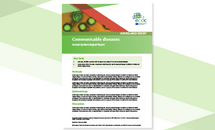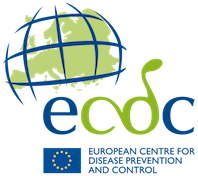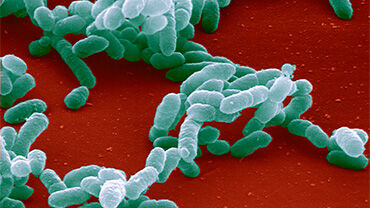Haemophilus influenzae disease - Annual Epidemiological Report for 2021
In 2021, 1 698 confirmed cases of invasive Haemophilus influenzae disease were reported in the European Union/European Economic Area (EU/EEA).
Executive Summary
- In 2021, 1 698 confirmed cases of invasive Haemophilus influenzae disease were reported in the European Union/European Economic Area (EU/EEA). The number of cases is similar to 2020 (1 849 cases) but less than that for previous years. The low number of cases observed during the COVID-19 pandemic may be a result of the public health measures introduced, the repurposing of healthcare services and the under-reporting of cases during the period.
- The notification rate in 2021 was 0.4 cases per 100 000 population, which is a decrease from 2019 when it was 0.7 per 100 000 population.
- Age-specific rates were highest in infants below one year (4.0 cases per 100 000 population for males and females), followed by people aged 65 years and over (1.0 cases per 100 000 population for males and 0.6 for females).
- Serotyping data were available for 54% of confirmed cases. Non-capsulated strains were presented in 62% of cases and were the most common in all age groups.
- In 2021, serotype b (Hib) was the most common capsulated
Download

Haemophilus influenzae disease - Annual Epidemiological Report for 2021
- EN - [PDF-997.37 KB]






